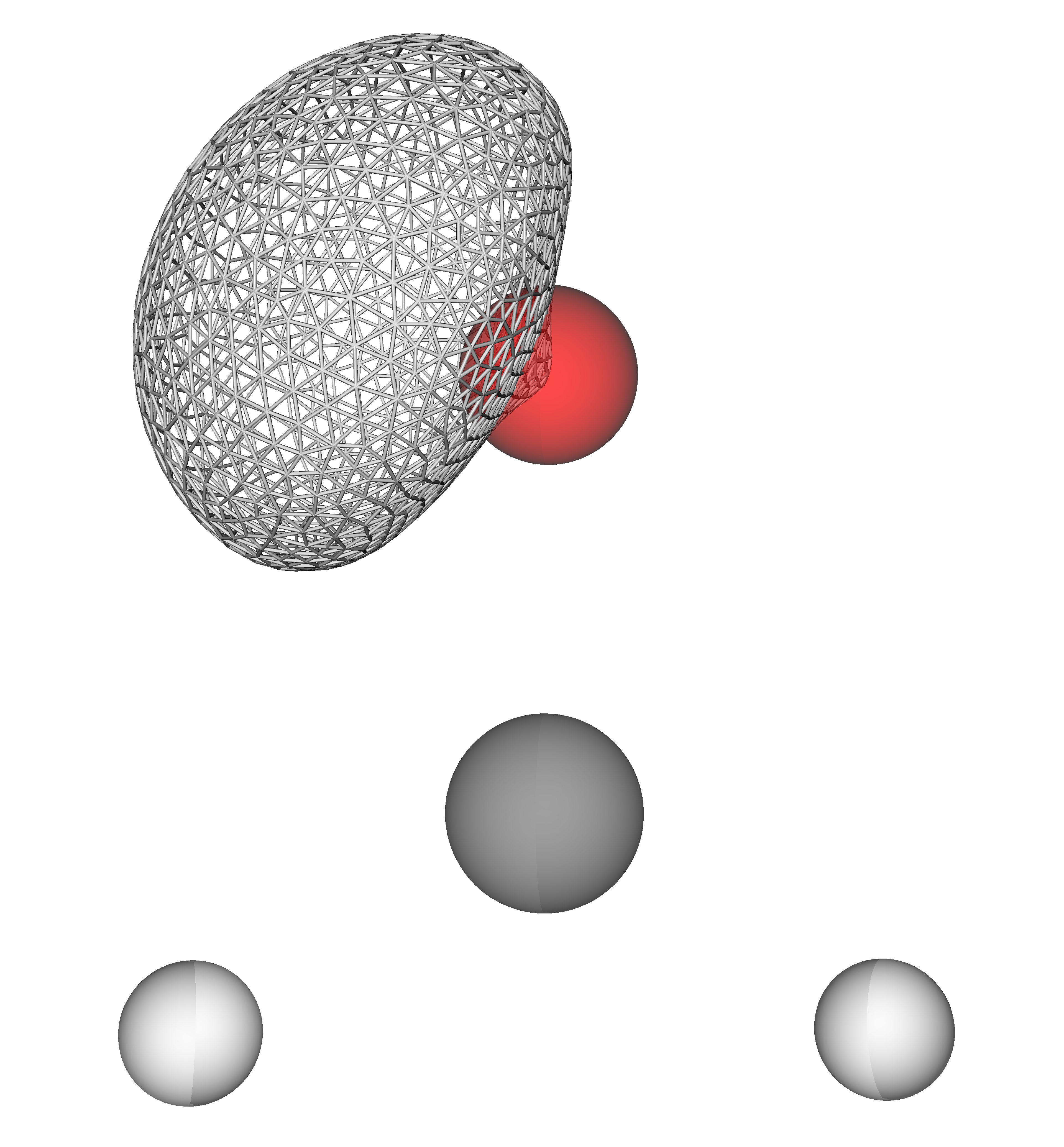
In classical chemistry, the Lewis model groups electrons into discrete pairs and considers them to be localized in a region of space. In quantum chemistry, electrons are considered to be delocalized over space. Although only the latter theory can describe complex systems with sufficient accuracy, these descriptions are difficult to interpret from a chemical perspective due to their complexity.
A possible way to combine accuracy and insight is to express the output of these increasingly complex quantum mechanical methods in terms of the classical concepts of Lewis. A novel approach for this is the method of Maximum Probability Domains or MPDs. This generally applicable method provides a localized interpretation by determining those domains in which the probability of finding two and only two electrons is maximal.
Although preliminary results suggest that MPDs can provide correspondences with Lewis’s ideas, they can currently only be obtained for the simplest of quantum chemical methods. Furthermore, MPDs have not yet been characterized by other quantum chemical descriptors, leaving their links with these quantities poorly understood.
In this research branch, we will develop novel algorithms aimed at extending our current state-of-the-art MPD program, perform a profound analysis of the properties of MPDs and will link MPDs to other quantum chemical concepts. This will lead to novel descriptions of chemical phenomena and more chemical insight. Maximum Probability Domains
- G Acke, S De Baerdemacker, P W Claeys, M Van Raemdonck, W Poelmans, D Van Neck, P Bultinck, Molecular Physics 114 (7-8), 1392-1405
- PW Ayers, G Acke, S Fias, D Chakraborty, P Bultinck, Theoretical and Quantum Chemistry at the Dawn of the 21st Century, 133-160


